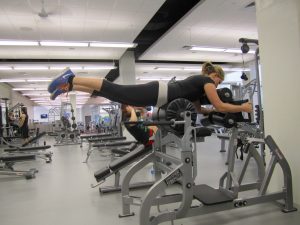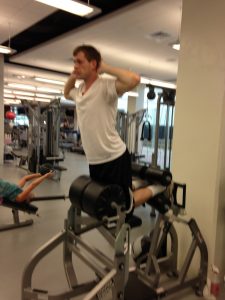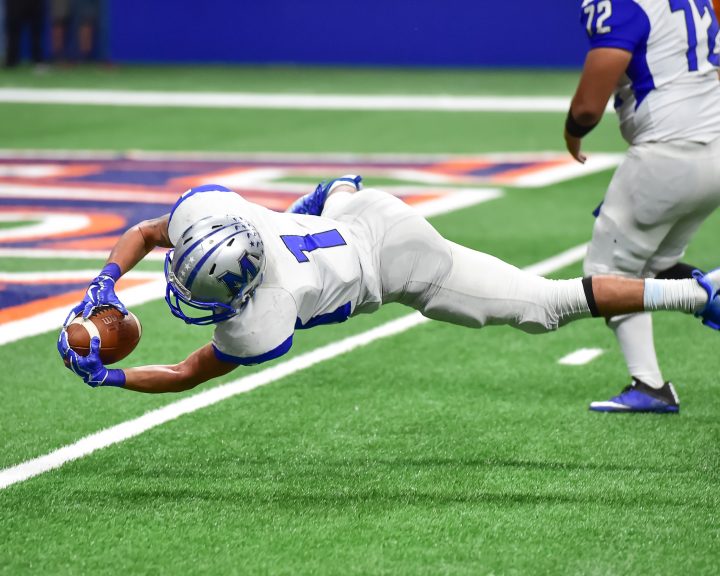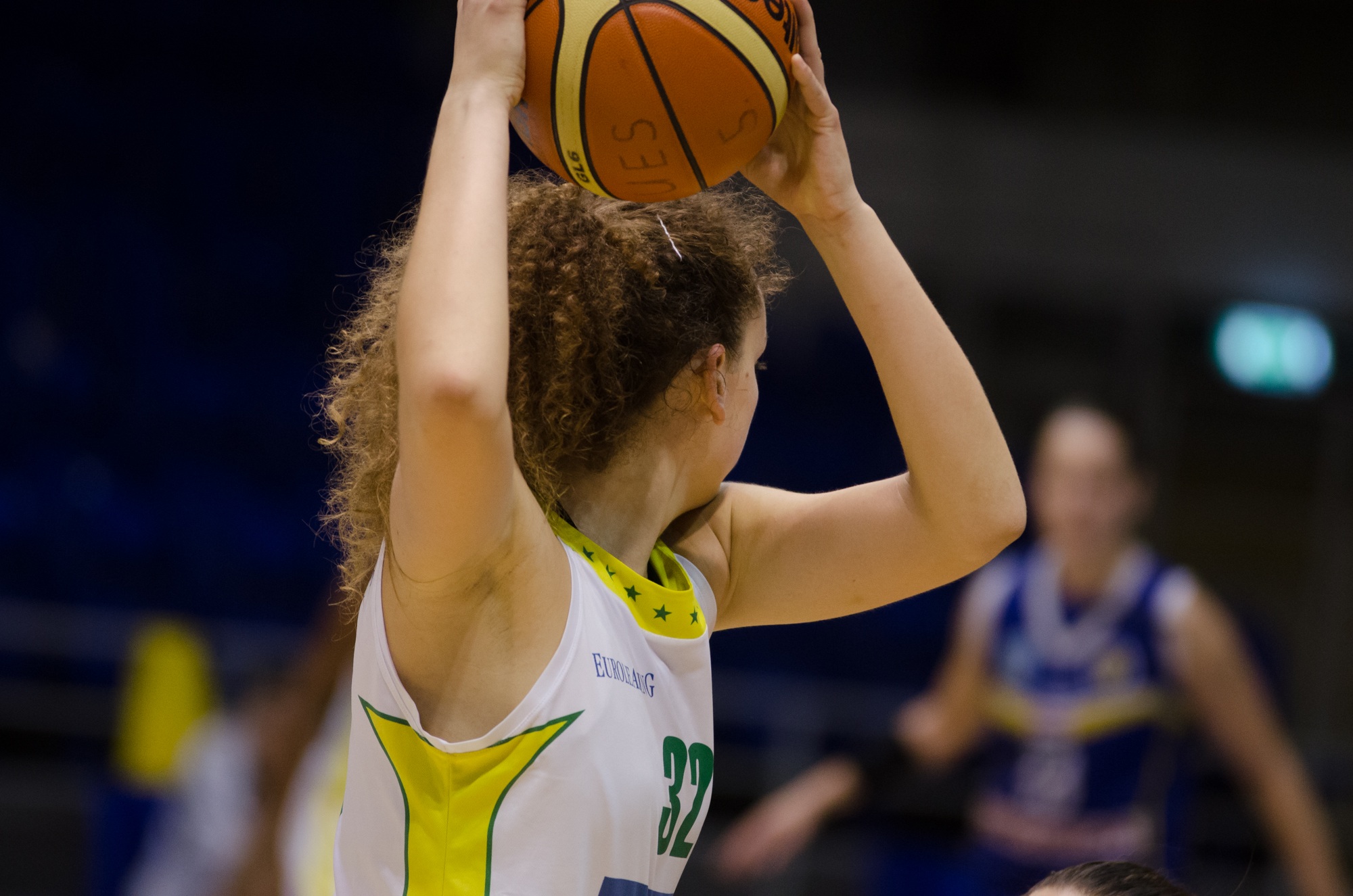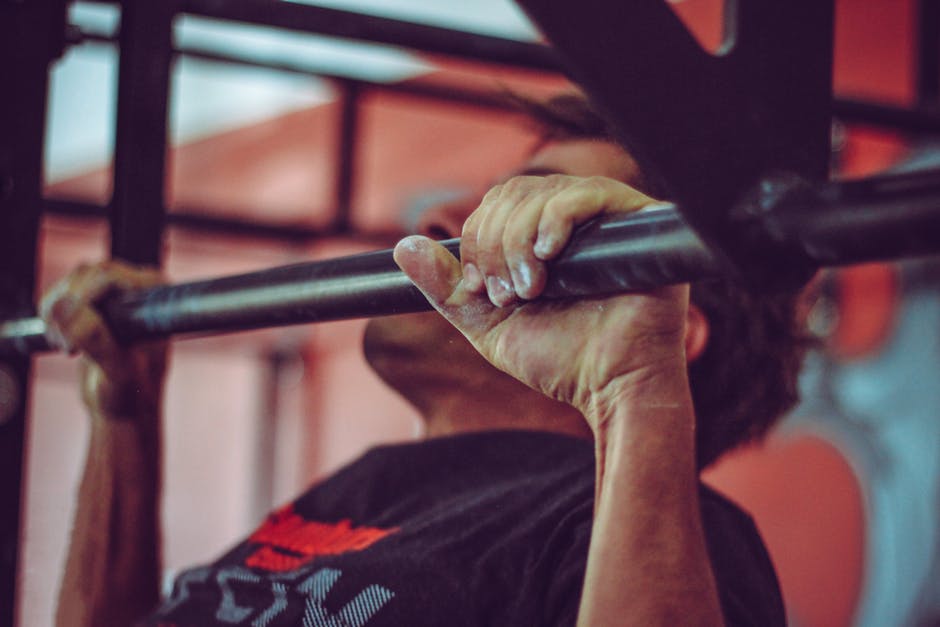I’m a huge fan of what I call puling or hip extension exercises to help develop athletic strength and power. Normally these are variations of the deadlift, Romanian deadlift, or good morning. These exercises develop the lower back, glutes, and hamstrings in a way that makes them all work together. This translates to sprinting, jumping, landing, throwing, hitting a baseball or softball, in fact many sports skills.
I do occasionally like to supplement other exercises to train this area during the year. What I’m going to talk about today are three great supplemental exercises that are also good to use instead of the heavy barbell exercises if there is a lower back injury.
Back raises
These go by a lot of names. I like back raises. Some people know they by hyperextensions. The big thing is to do this exercise in a way that is going to engage the hamstrings, glutes, and lower back – most people do this exercise in a way that only emphasizes the lower back.
To perform this exercise, adjust so that the upper body is off the pad, hanging in space. Put the hands wherever they are comfortable. From here, set the back (i.e. chest out, shoulders back). Maintaining the back set, using the hips, move the upper body down until it makes an almost 90 degree angle with the ground. Rotating from the hips, lift the upper body until it is parallel to the ground (no higher).
When an athlete can do 15-20, weight can be added. This may start out with weight plates being held across the chest, but can eventually move to holding a barbell in the crooks of the elbows.
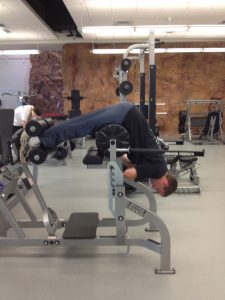
Glute-ham raises
This exercise begins just like the back raise. The difference is that the movement is performed by pushing the knees down (which lifts the upper body up). As this is done, there should be a pretty straight line from the knees to the shoulders. Again, with time weights can be used on this exercise.
Reverse hyperextensions
This exercise is performed on the same equipment that the back raise is, but the body is facing the wrong way. The hands will grip the ankle pads while the hips and legs are off the pads. Keeping the legs together, lower them towards the ground until a 90 degree angle is made between the legs and the ground. From here, raise the legs until they are parallel to the ground.
Once the athlete can perform 15-20 good reps with this exercise, weights can be added. Usually this involves holding a dumbbell between the feet, but there are reverse hyperextension pieces of equipment that make this easier.
